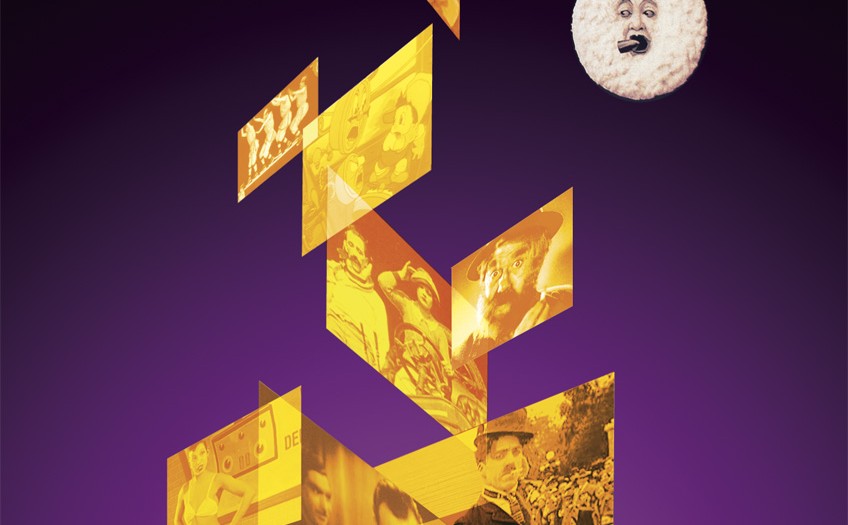Discovering Cinema: “Learning to Talk” & “Movies Dream in Color” – Two Spectacular Documentaries on the Artistic and Technical Birth of Sound and Color Movies
Last week members of Flicker Alley had the pleasure of attending The Reel Thing XXVII. The Reel Thing is a symposium organized by The Association of Moving Image Archivists (AMIA) used to educate, demonstrate and discuss new developments in the technology of moving image preservation, and chance for those interested to see recent examples of film restorations. The Reel Thing takes place as part of AMIA’s annual conference(this year to be held in Austin, Texas), but Reel Thing events are also held elsewhere such as Amsterdam, and Los Angeles!
One presentation we found interesting was given by Robert Heiber of Chace Audio on the expanding capabilities of new audio tools which are changing sound restoration techniques. To illustrate these tools, Robert used the film High Treason as a case study. This 1929 film – released two years after the widely-regarded ‘first sound film’ The Jazz Singer (1927) – had characteristic early-sound film syndrome; bad edits, excessive camera noise, and modulating noise floors. Robert screened before-and-after examples, and the sound restoration magic done to create an overall balance and consistency in the audio track, which he held ultimately works to lessen audience fatigue and perhaps then helps in contemporary audience’s appreciation of early cinema. These kind of audio artifacts and inconsistencies appear in the documentary Learning to Talk about the birth of sound cinema, which can be viewed as part of our two-disc Discovering Cinema DVD set. Robert also tried to stump the audience with a reference to High Treason as a ‘goat gland’ film, a then contemporary reference to a popular medical fad the day – a term for when sound segments were injected into a silent film to give it more ‘life’. The ‘goat gland’ film is also discussed and exemplified in Flicker Alley’s DVD release Discovering Cinema in the documentary Learning to Talk.
It is commonly said that 80% of all silent features have been lost due to deterioration or damage. David Pierce, an independent archivist and film historian and founder of the Media History Digital Library, used the the 1937 Fox vault fire in Little Ferry, New Jersey as the basis to discuss some of his research findings on the destruction and survival of American silent features. Expectedly and unfortunately, there been many other fires that have mimicked the film disaster in Little Ferry. David showed some interesting slides on the 1937 fire, including a Fox internal memo, from a few years before the fire, that warned of the dangers of vaulting so many assets in one location!
[youtube http://www.youtube.com/watch?v=OMhkeAfFLkk&w=420&h=345]
David has been working with the Library of Congress to put an exact number to the amount of American silent features that have been lost. That research has been embargoed and will be presented at AMIA’s conference in Austin this November. As founder of the Media History Digital Library, he also discussed the project – a large scale collaborative scanning effort to make historical documentation available online to the general public that will ultimately help to round-out a more complete picture of how motion pictures and other media were presented and perceived at the time.
All in all, we feel fortunate that The Reel Thing technical symposium has turned into an annual event in Los Angeles each August. Already looking forward to what 2012 will have to offer.


